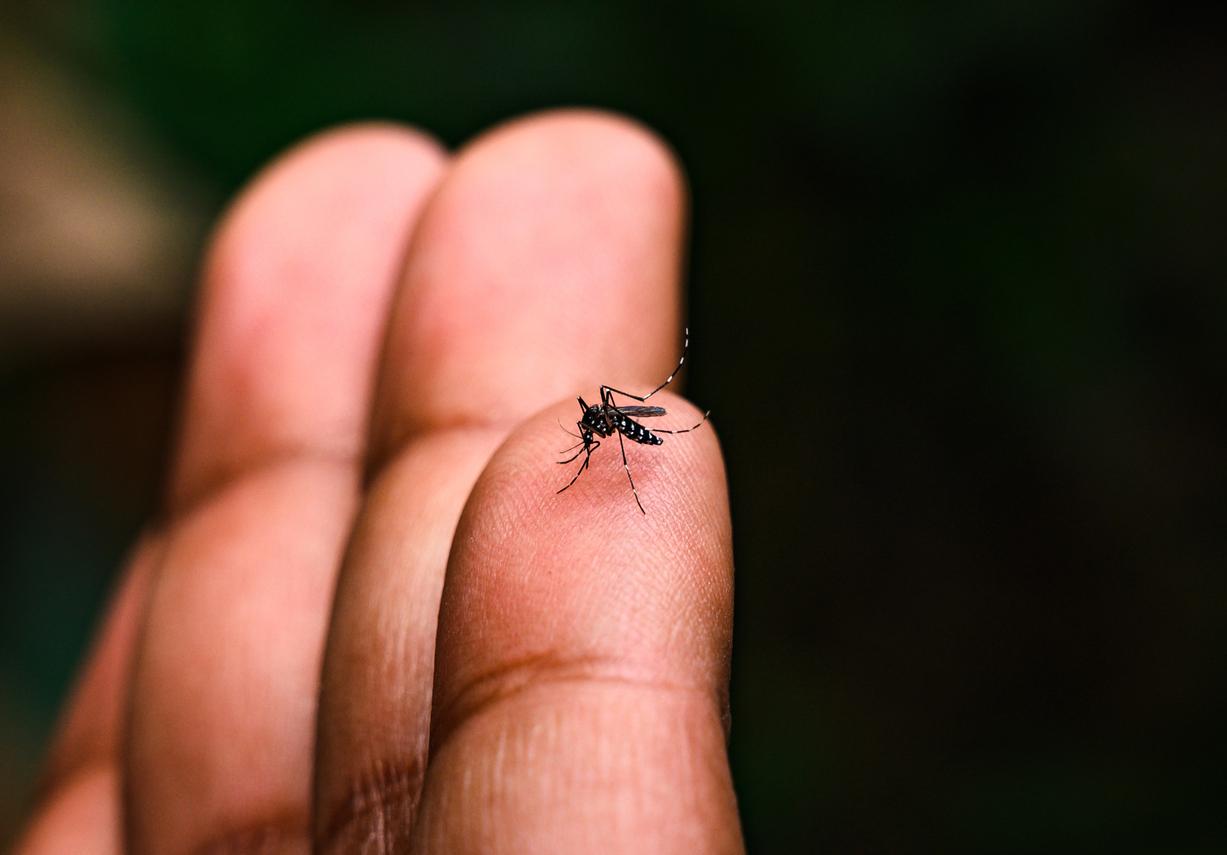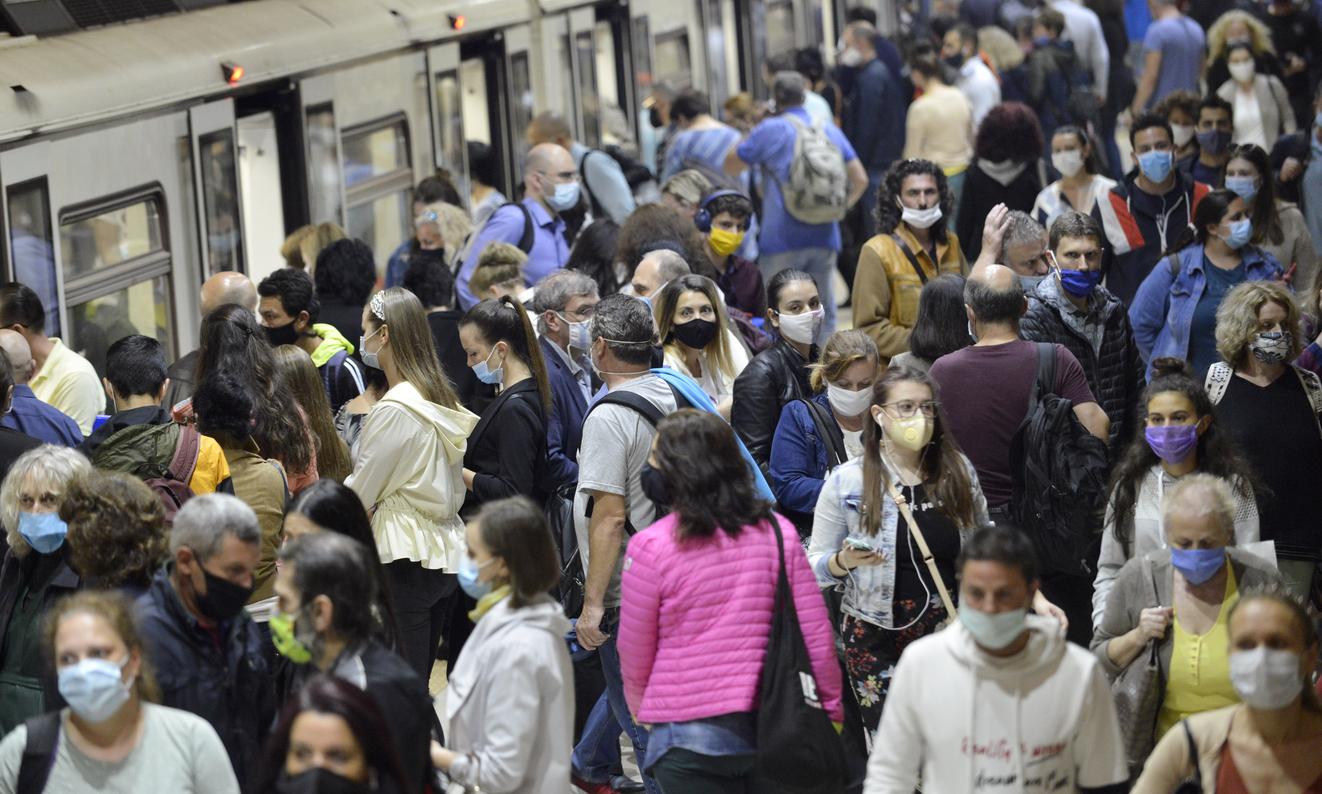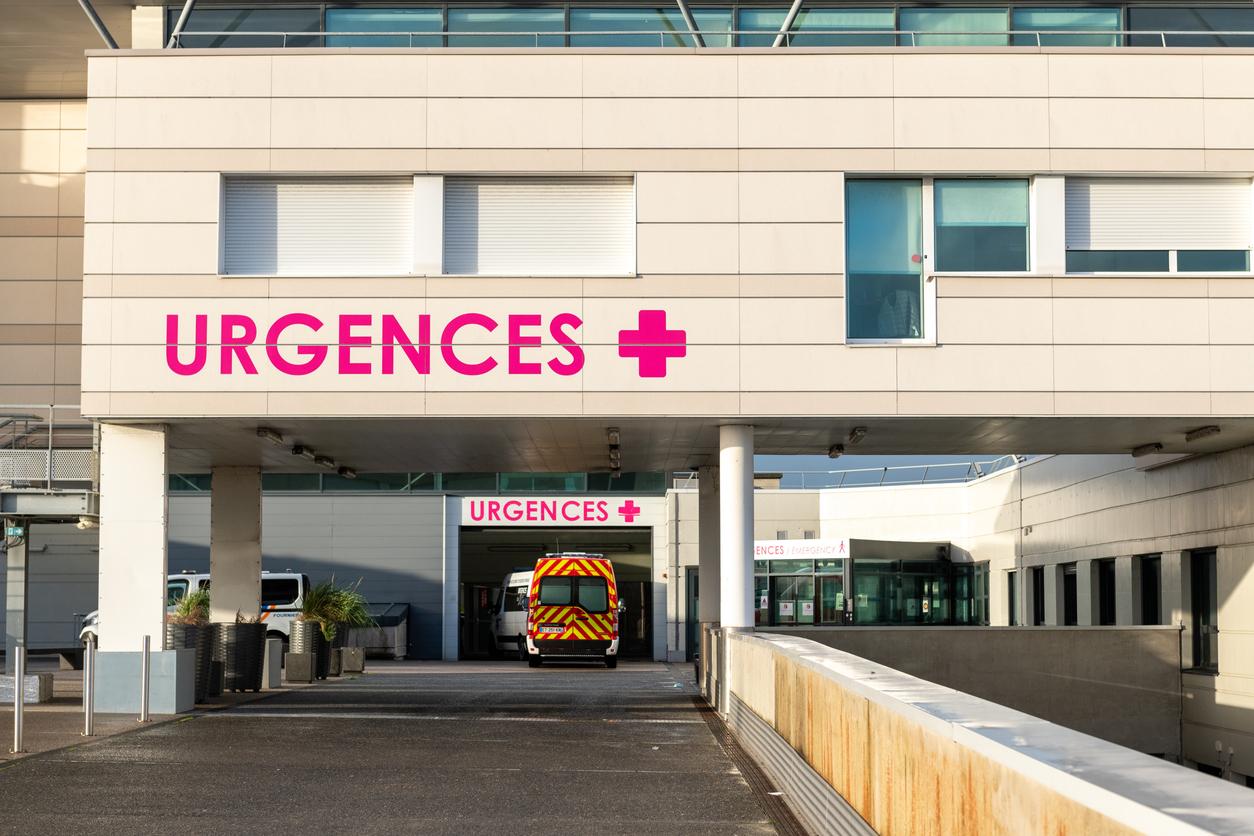Many experts have taken the floor to warn against the arrival of a new epidemic rebound. Currently, a slight recovery is observed but it remains limited.

- Éric Caumes, head of the infectious diseases department at Pitié-Salpêtrière (AP-HP), fears a second wave this summer.
- The reason for the fears of specialists on the resumption of the epidemic lies in our laxity in respecting barrier gestures.
- Currently, a slight recovery is observed but this is not sufficient to speak of an epidemic recovery.
In a few days, we will celebrate the two months of release from confinement. Since then, behavior has become increasingly lax. A certain relaxation that worries many specialists. The most pessimistic of them, Éric Caumes, head of the infectious diseases department at Pitié-Salpêtrière (AP-HP), fears “a second wave this summerhe told the Parisian. At Pitié-Salpêtrière, my Covid unit is full, I had to open another at the start of last week. Cases keep coming. Three were hospitalized over the weekend. So of course, we see far fewer cases than during the epidemic, but their number is going up a little. Sick people, we never stopped seeing them.”
Elsewhere in the world, numerous reconfigurations
The various specialists agree that the key to avoiding the epidemic recovery lies in our behavior. The more cautious we are, the less likely the epidemic will start again. “It is essentially our behavior that conditions the resumption of the epidemic: if we want to avoid this, everyone must continue to respect barrier measures, hygiene measures, physical distancing and wearing a mask, especially in situations of promiscuity. and in an enclosed space”, lists Jérôme Salomon, the Director General of Health at Figaro.
The successive reconfigurations which affect many countries sound like alarm signals against a possible epidemic rebound. When asked whether these reconfigurations are akin to a warning, Éric Caumes’ answer is pithy: “Yes, absolutely”. One of the indicators that is being watched closely concerns the countries of the southern hemisphere which are currently entering the winter phase, which can therefore give a trend on what we could experience in a few months. “We are witnessing throughout the southern hemisphere today very strong outbreaks of epidemics in temperate zones, whether in South Africa, Argentina or Chile, notes Antoine Flahault, epidemiologist and director of the Institute of Global Health at the University of Geneva, at franceinfo. (…) Australia has more difficulties to fight against this onslaught of winter. This will also be very interesting for the countries of Western Europe. We will be able to see to what extent, to what extent, in what way, with what method Australia, which has a standard of living fairly close to ours, will be able to resist this onslaught of winter.”
No epidemic recovery
Faced with the risk of an epidemic resumption, reconfinement is an option that cannot be ruled out. The new Prime Minister, Jean Castex, said at the microphone of Jean-Jacques Bourdin on RMC on July 8 that a “reconfinement plan is ready.” Nonetheless, he added that he shouldn’t be total because “we would no longer support a total and absolute reconfinement as we have experienced.“He’s more about”targeted re-containment”, targeting only areas where the virus would actively circulate. An observation shared by epidemiologist Antoine Flahaut for whom generalized confinement “should be a weapon of last resort.”
The latest epidemiological data from Public Health Francedated July 2, indicate a resumption of the epidemic “at low levels”. If the virus continues to circulate, there is “no signals in favor of a resumption of the epidemic”, continues the epidemiological point. In Guyana and Mayotte, SARS-CoV-2 continues to spread at a high level. “Our Thin panel of general practitioners detects more than 20% of presumptive Covid cases than last week, and 10% of second visit Covid case confirmations, which confirms the rebound of the pandemic”, explained Jean-Claude Labrune, CEO of the Cegedim group, exclusively for Why Doctor. A recovery to watch to try to avoid a second wave.

.















